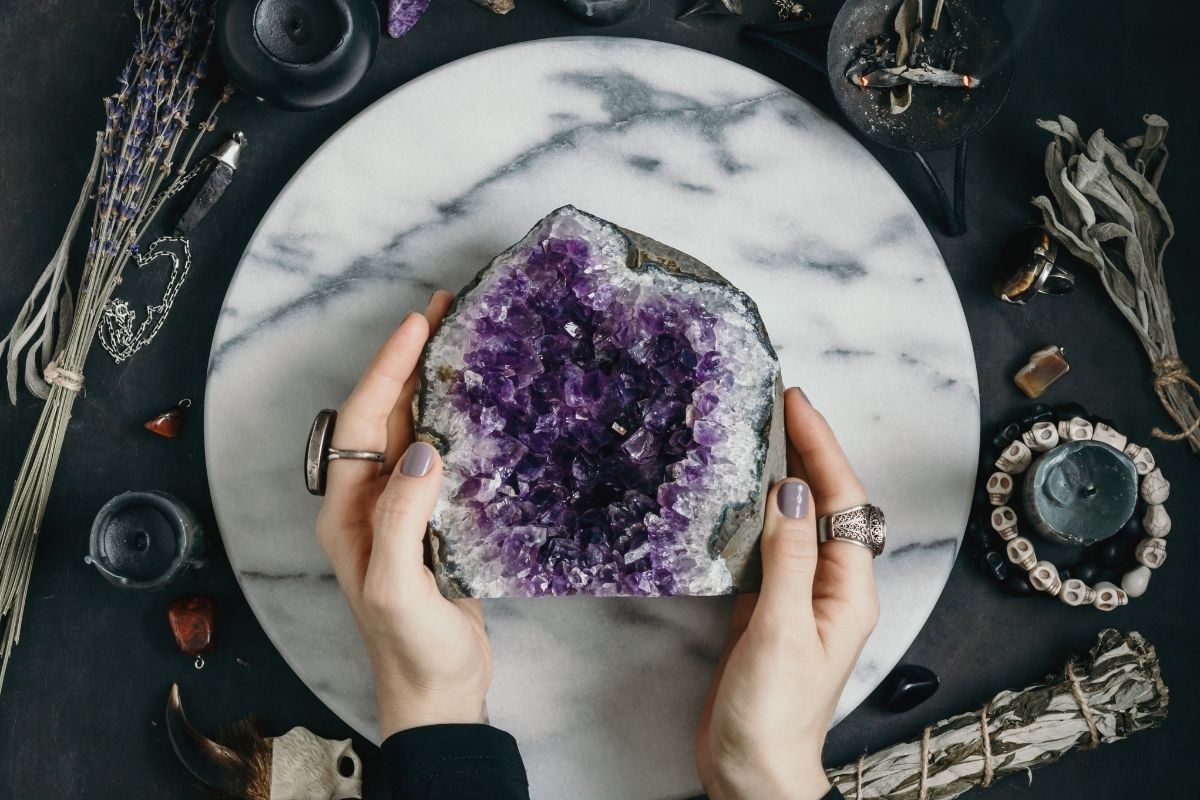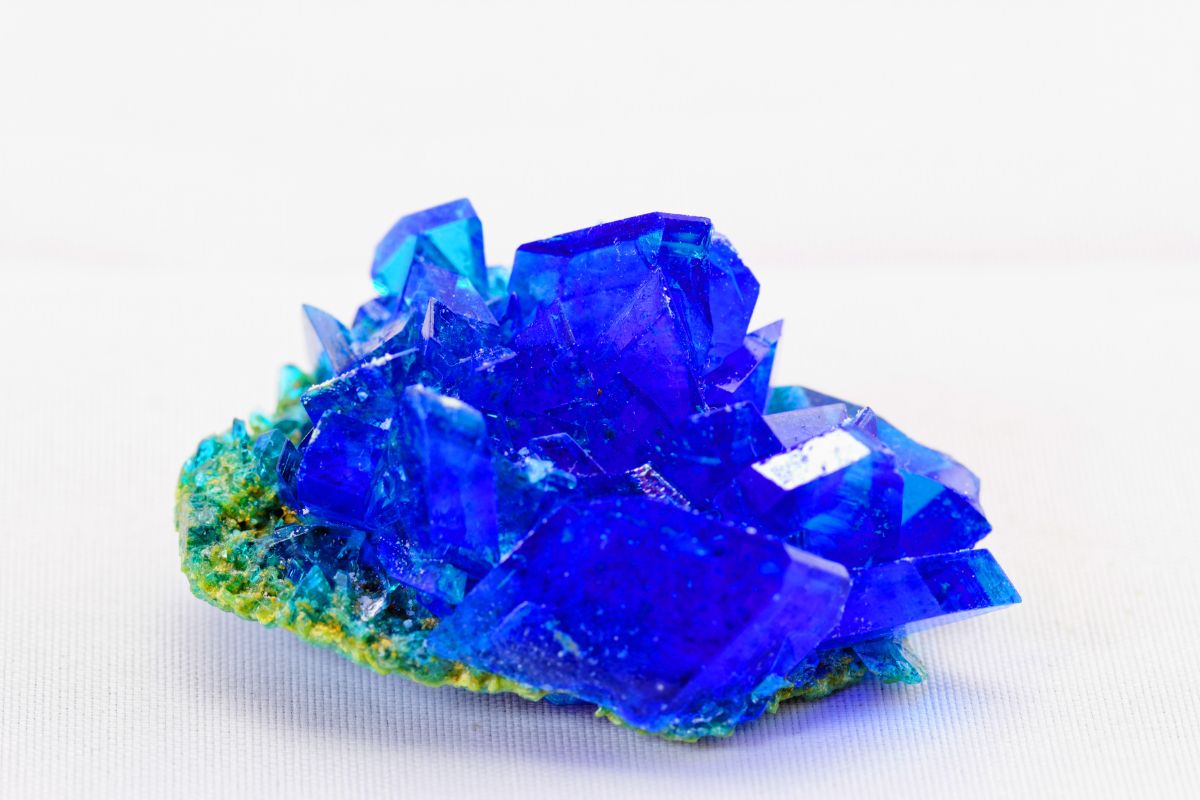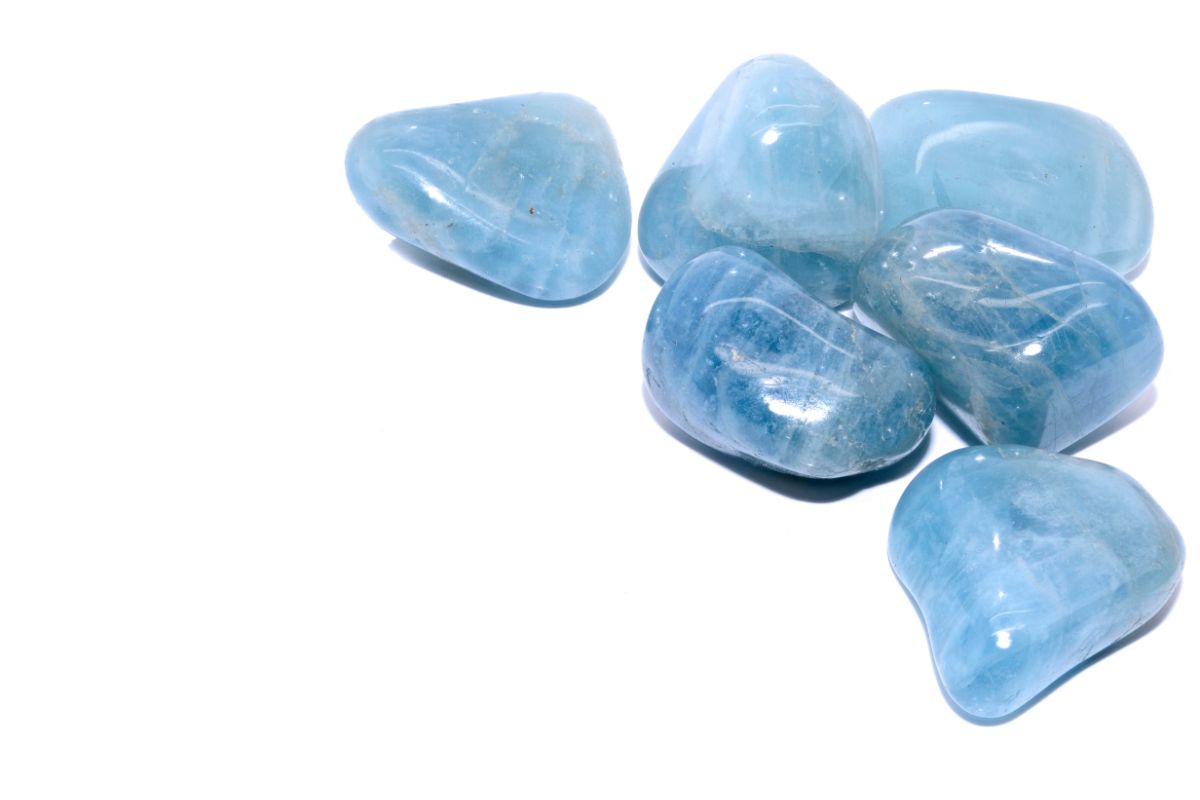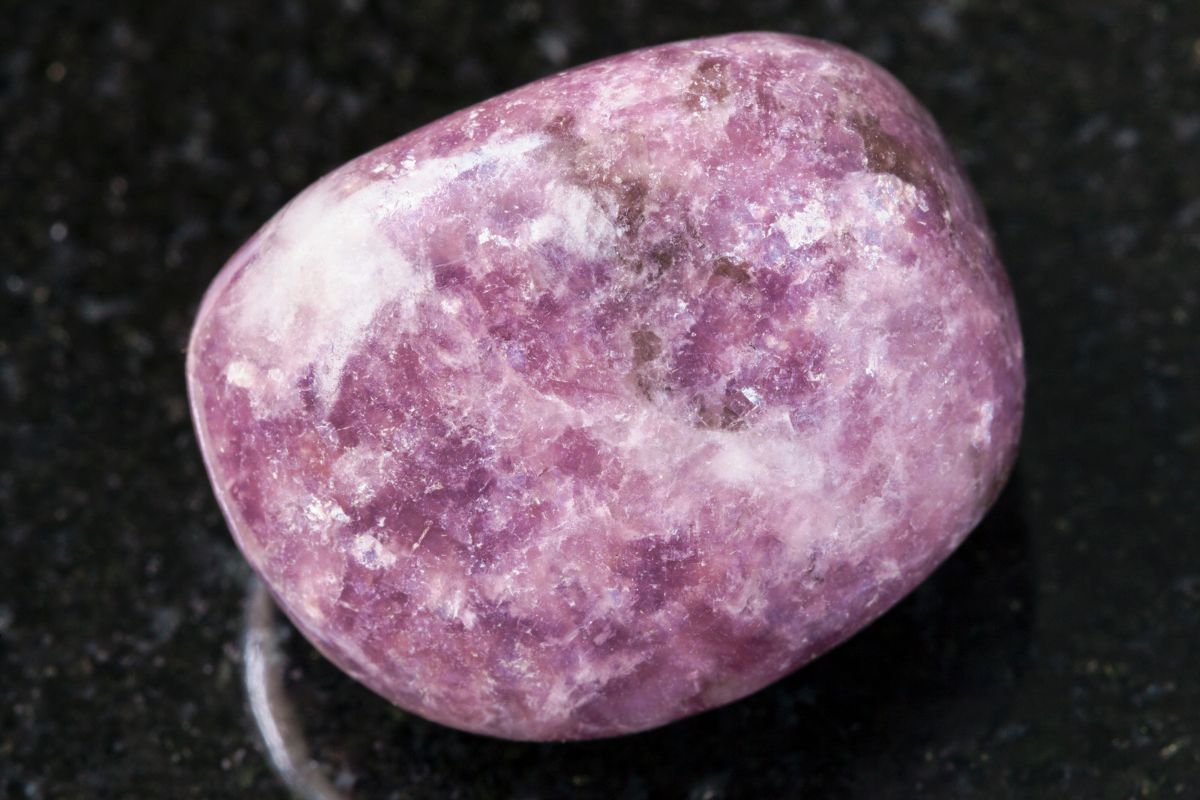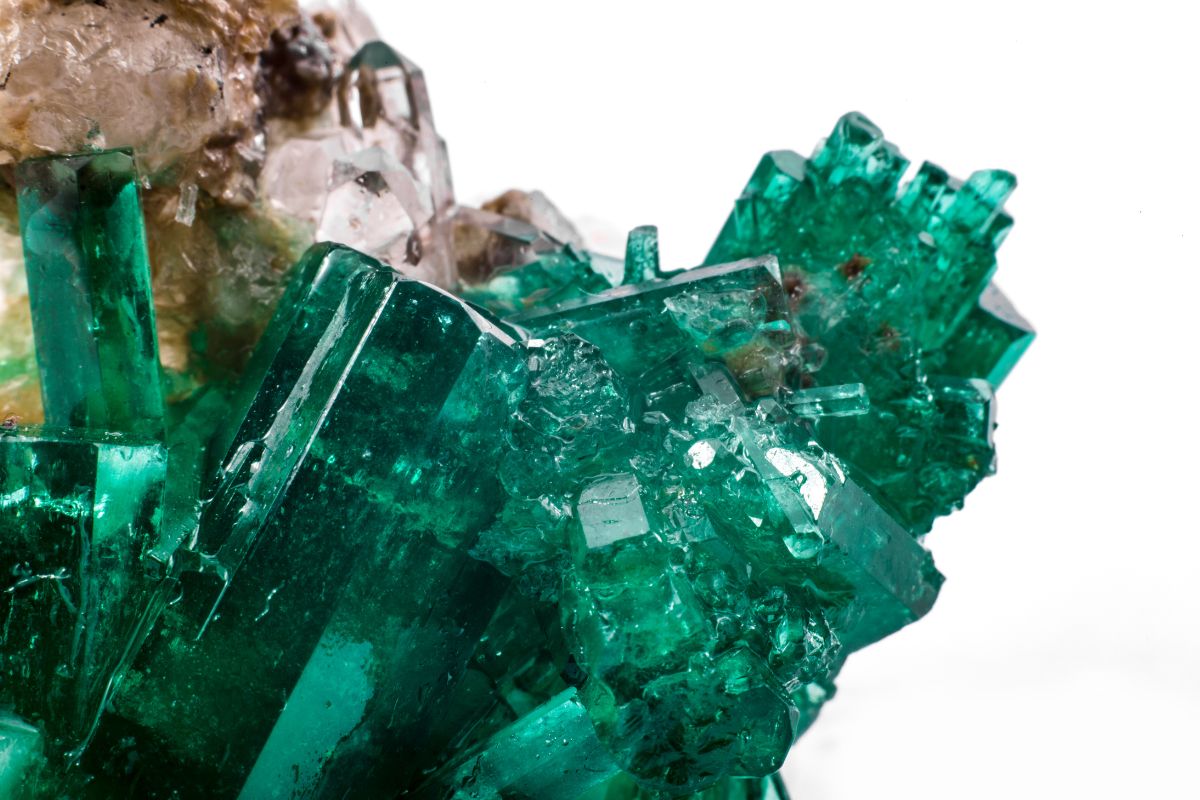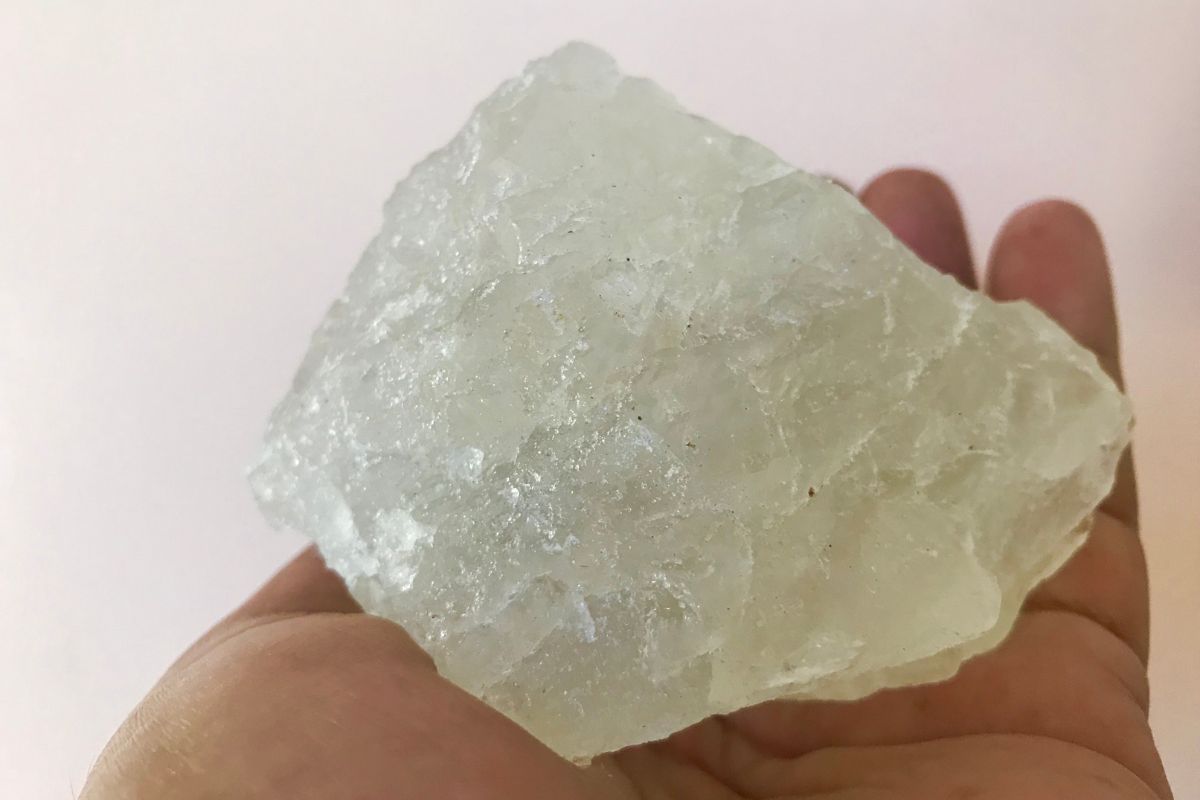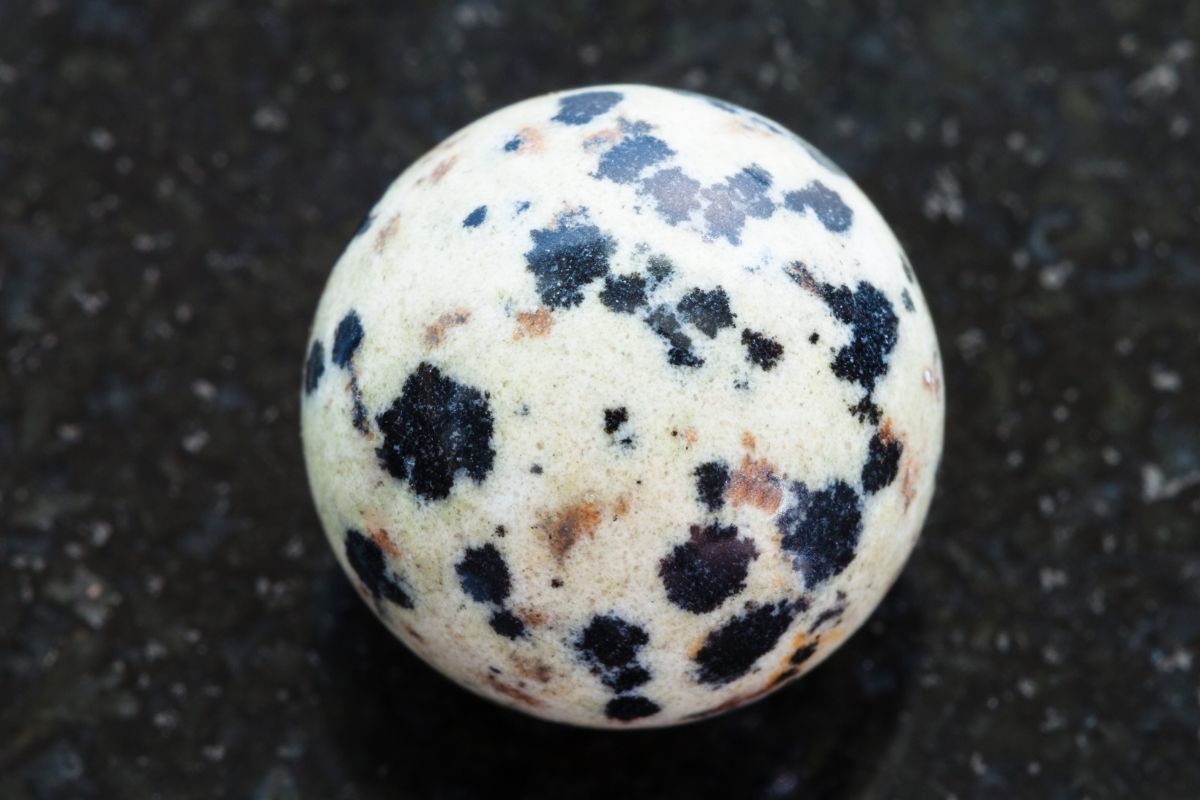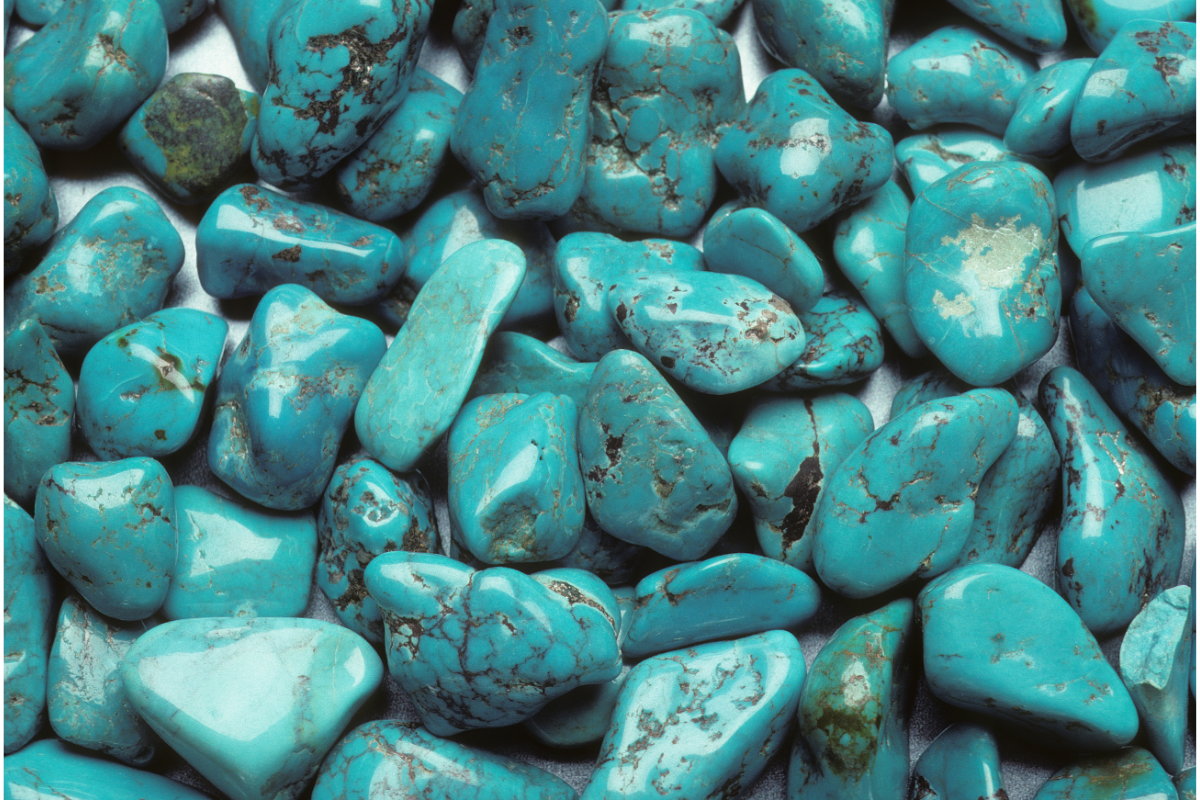Emerald is a brilliant green gemstone that comes from the beryl mineral family. It is famous for its rich hues which are caused by trace amounts of vanadium and chromium. It has been one of the most prized crystals in the world for over 5000 years.
These days, many people love to wear emeralds as jewelry, necklaces, earrings, bracelets, you name it! However, frequent use of emeralds means they will need to be cleaned often. But how exactly do you do that?
![Can Emerald Go In Water? [What You Need To Know]](https://thatcrystalsite.com/wp-content/uploads/2022/12/Can-Emerald-Go-In-Water-What-You-Need-To-Know-1.jpg)
You are able to place some gems in water, but some gems need to stay well away from water and should be cleaned in other ways.
What category does emerald fall into? We will tell all in this article below, so read on for more!
Is It Safe To Place Emeralds In Water?
Yes, it is perfectly safe to place your emeralds in water. This is because, on the Mohs Hardness Scale, emeralds have a value of 7.5-8, which is far above the minimum number necessary for minerals to be submerged in water and not sustain any damage.
Any mineral that sits at a value of 5.0 or above is permitted to go underwater.
However, even though emeralds can be placed underwater, they should not remain submerged for a long period of time. While water will not damage emeralds if they remain submerged for a short period of time, they will begin to damage them if they are left there to sit for ages.
Water will actually get under the crevices of the emerald and widen them which causes fissures. At first, it may not be possible to see these fissures. However, they will grow bigger and more visible over time.
These fissures can make the stone become brittle and it is more likely to break if faced with any impact.
Not only that, but prolonged contact with water can actually harm the appearance of an emerald (see also, ‘What is Emerald Good For and How to Use it‘). Water strips emeralds of their polish which causes their brilliant green hue to fade.
This is an unfortunate thing to happen to all crystals, but it is particularly bad for emeralds because they are usually treated with waxes and oils.
Fissures caused by water also have the potential to change the way light will bounce inside the stone. This in turn has the potential to damage the optical properties of the emerald, which will ruin its value.
Finally, prolonged contact with water can actually cause emeralds to go rusty, which will cause the emerald to become unwearable.
Is It Safe To Place Emeralds In Salt Water?
No, it is not safe to place emeralds in salt water. Emeralds are hard minerals as seen by their value of 7.5-8 on the Mohs Scale, but salt water will actually have an incredibly corrosive emerald, aggravating and damaging it.
When you dissolve an emerald in salt water, the salt will enter the crevices of the emerald and can remain in these crevices even after the water has evaporated. This causes cracks in the emerald that will quickly widen.
The stone will become more damaged, and much like with prolonged contact with fresh water, will cause the stone to become more brittle and more likely to break.
If an emerald contains any iron, then salt water will react with it in an even worse way. Saltwater will react adversely with the iron and cause the crystal to rust very quickly since the iron will have lost its electrons.
As previously mentioned, emeralds are often treated with wax or oil to make up for any fissures or inclusions already present in the stone. However, this actually makes emeralds less tough than other crystals and this means it is more prone to damage upon impact.
So, even though it has a high level of hardness, meaning it is more resistant to scratching, it is less resistant to impact and this is only made worse by salt water. So, emeralds and salt water should never be combined, even for a short period of time.
![Can Emerald Go In Water? [What You Need To Know]](https://thatcrystalsite.com/wp-content/uploads/2022/12/Can-Emerald-Go-In-Water-What-You-Need-To-Know.jpg)
What Is The Best Way To Clean Emeralds?
Let’s check out the best way to clean your emeralds in more detail below!
- First, you need to mix lukewarm, fresh water with a mild soap or detergent. Do not use salt water.
- Next, put the emerald stone in the water and leave it to sit there for no more than a few minutes.
- Once these few minutes have passed, take a soft brush and gently scrub the emerald until it is clean.
- Now, you need to rinse the stone under water to ensure excess soap has been removed.
- Once you are happy that the emerald is clean, you need to let it dry naturally.
- During the drying process, it is best to turn the emerald around frequently to ensure any water left in the crevices is removed.
This is the only method you should employ when it comes to cleaning your emeralds. Still, this method should only be used infrequently, and because of this, it is not recommended that you wear emeralds every day, but save them for special occasions.
Is It Safe To Wear Emeralds In The Sun?
If you’re wondering if emeralds can go in water safely, chances are, you are also thinking about how best to keep emeralds safe all-round. This brings us to the sun, and whether or not it is safe to expose your emeralds to it.
Unfortunately, it is not a good idea to place emeralds in the sun. Emeralds are still fragile stones thanks to the aforementioned wax and oil treatments, and these oils are likely to dry out with long-term sun exposure.
So, you are welcome to wear your emerald jewelry in the sun but do not expose them for a lengthy period of time.
Not only can the oils dry out after sun exposure which means the emeralds are more likely to break, but prolonged sun exposure can actually cause emeralds to fade in color.
Of course, people desire to place and leave their emeralds in the sun in order to recharge them so they can feel the many amazing, therapeutic benefits this beautiful gemstone has to offer.
You can recharge your emeralds by placing them next to geodes or by smudging.
However, if you do want to use the sun to recharge your emeralds, then it is best to use early morning sunlight that is not too strong and place the emerald behind a window inside for an extra layer of protection.
Leave it there for no more than an hour, and your emerald should be as good as new!
Final Thoughts
Emeralds are beautiful, green gemstones that sit at 7.8-8 on the Mohs Hardness Scale. This means that it is safe to clean them using fresh water.
However, you should not do this very frequently and you should not leave your emeralds in water for prolonged periods of time.
This is because prolonged submersion in water will cause damage to the emerald, such as breakage and fading. It is best to submerge your emeralds in fresh water and mild soap for a few minutes, clean them with a brush and then leave them to air dry.
Under no circumstances should you use salt water to clean your emeralds.
- 15 Crystals That Cannot Be Exposed To The Sun - January 7, 2024
- Malachite Vs Fuchsite – Benefits And Uses - January 7, 2024
- Malachite Vs. Green Jasper: Benefits And Uses - January 7, 2024


